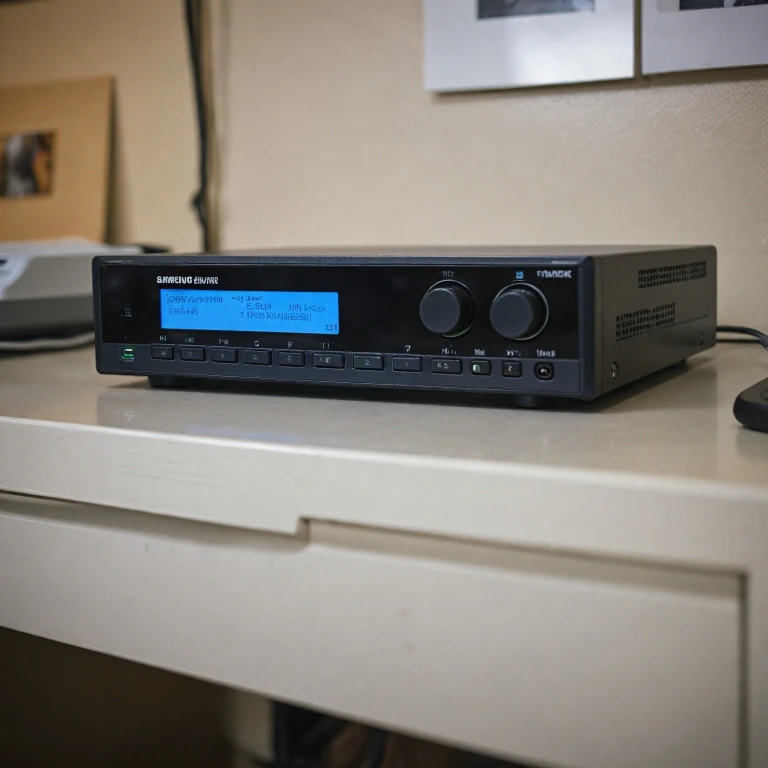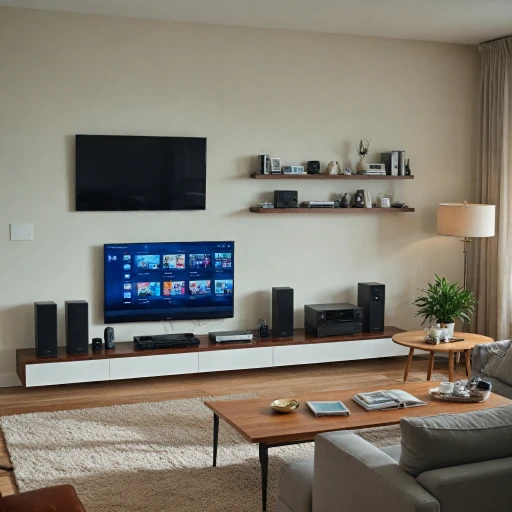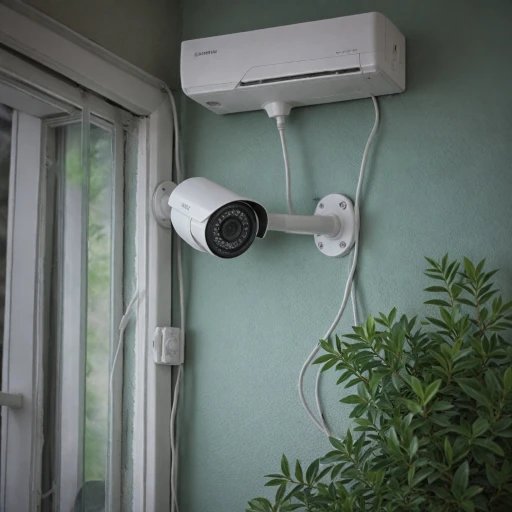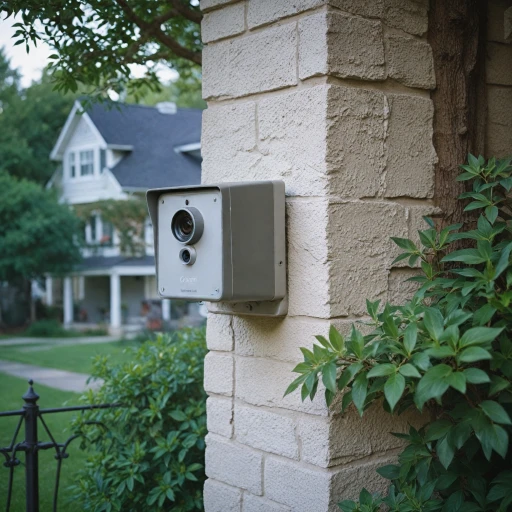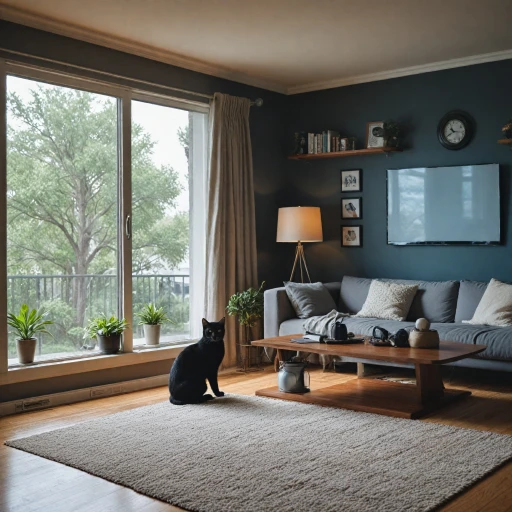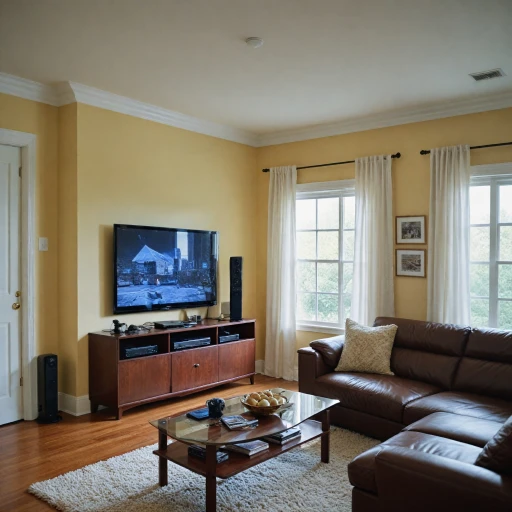What is a PoE Network Switch Without Uplink?
Introduction to the Concept of PoE Network Switches
In the realm of home security, understanding different types of network devices is essential for optimizing performance and efficiency. One such device is the PoE (Power over Ethernet) network switch without uplink. At its core, this type of switch combines electrical power with data, sent over a single Ethernet cable. This innovation streamlines the installation process of devices such as cameras and access points by eliminating the need for separate power supplies. These switches come in various configurations, employing multiple ports to cater to different networking requirements. Typically, a PoE switch without an uplink offers several Ethernet ports, which can be utilized to connect multiple devices within a home security network. By choosing a switch without uplink, users aim to build a concise system tailored specifically for localized data transfer and power management. Such switches, whether they are managed or unmanaged, provide flexibility in network setup. A managed PoE switch offers advanced control over traffic, while unmanaged PoE options focus on simplicity and plug-and-play convenience. The exclusion of uplink ports also simplifies network design, allowing for more dedicated connections between devices. For those considering this path, exploring 24-port PoE switches can expand understanding of the myriad ways these networking products integrate into a comprehensive home security system. This exploration will also reveal various customer reviews, highlighting practical performance insights and real-world user experiences.Advantages of Using PoE Switches Without Uplink
Key Benefits of PoE Switches Without Uplink for Home Security
Power over Ethernet (PoE) switches without uplink ports have gained popularity in residential settings due to their simplicity and cost-effectiveness. These devices are an excellent choice for homeowners looking to streamline their home security systems. Let's explore some of the key advantages of using these switches in a security camera setup.
- Simplified Setup and Installation: PoE switches offer a plug-and-play solution, ensuring that power and data can be transmitted through a single Ethernet cable. This reduces the need for extensive wiring and enhances the access points for your cameras, making it a simpler and cleaner installation process.
- Cost Efficiency: Typically, PoE switches without uplink ports are more affordable than their managed counterparts. By choosing an unmanaged PoE switch, homeowners can save on costs without compromising the performance necessary for most home security camera systems.
- Energy Efficiency: These switches are designed to provide power only when it's necessary, improving energy consumption. This efficiency can be crucial in maintaining the longevity of your cameras and other connected PoE devices, all while keeping operating costs low.
- Reliability and Performance: Despite their simplicity, these devices can offer gigabit-level speed, allowing for seamless data transmission. This ensures that your cameras maintain the high-performance standards necessary for capturing and transmitting video data efficiently.
- Flexible Networking Options: For homeowners seeking enhancing home security, these switches offer a versatile option for integrating with various types of cameras, including those that may require direct fiber connections or other media converters.
Potential Limitations and Challenges
Challenges and Considerations with PoE Switches Lacking Uplink
While PoE network switches without uplink can be a cost-effective choice for home security cameras, they come with their own set of challenges. Understanding these potential limitations can help you make an informed decision when setting up your security system.
- Limited Network Expansion: Without an uplink port, connecting multiple switches or expanding your network can be challenging. This limitation might restrict the number of PoE devices you can support, especially if you plan to add more cameras or other devices in the future.
- Reduced Data Throughput: PoE switches without uplink might offer lower data transfer speeds compared to those with gigabit uplink ports. This could impact the performance of high-resolution cameras, leading to potential delays or loss of data.
- Power Constraints: Depending on the power supply capacity of your PoE switch, you might face limitations in powering multiple devices simultaneously. It's crucial to ensure your switch can handle the power requirements of all connected PoE cameras and devices.
- Management Limitations: Unmanaged PoE switches, which are common in setups without uplink, offer limited control over network traffic. This could be a drawback if you need to prioritize certain devices or manage bandwidth effectively.
Despite these challenges, many homeowners find that the simplicity and affordability of PoE switches without uplink meet their needs. For those looking to enhance their home security with a wide-angle 180-degree camera, understanding these potential limitations can help ensure a seamless integration into your existing network setup.
Installation Tips for Home Security Cameras
Seamless Setup for a Secure Home
Installing home security cameras with a PoE network switch requires understanding a few key aspects to ensure optimal performance and security. Here’s a streamlined approach to help you through the setup process.- Choose the Right PoE Switch: Begin by selecting either a managed or unmanaged PoE switch, based on your requirements. Managed switches offer greater control over data and power, while unmanaged switches are often plug and play, offering simplicity and ease of use.
- Ensure Proper Power Supply: Verify that your PoE switch has sufficient gigabit ports to accommodate all your security cameras. Remember that each port supplies power, so a port PoE configuration is crucial to power your devices efficiently.
- Check Ethernet Cable Compatibility: Use high-quality ethernet cables compatible with the power requirements of your PoE cameras. This will ensure stable data and power transmission, increasing overall performance.
- Strategically Place the Switch: Position the PoE switch in a location that maximizes signal reach and minimizes interference. SFP and uplink ports may enhance connectivity when integrating with broader network setups.
- Utilize Customer Reviews for Insights: Read customer reviews related to different PoE switches to understand the nuances in power, performance, and ease of integration with your system.
- Consider Gigabit Media Converters: If you’re incorporating fiber optics, media converters can facilitate connections, balancing speed and efficiency for your home security setup.
Comparing PoE Switches: With vs. Without Uplink
Distinguishing PoE Switches: With Uplink vs. Without Uplink
When comparing PoE switches, those with uplink ports and those without, several key differences come to light. These distinctions can play a significant role in how effectively they serve in a home security setup.- Connectivity:
- Network Expansion:
- Performance:
- Energy and Power Management:
- Plug and Play Convenience:
Future Trends in Home Security Networking
Emerging Innovations in Home Security Networking
As the domain of home security continues to evolve, the importance of networking technology becomes even more apparent. The utilization of PoE Ethernet switches, particularly those without uplink capabilities, has grown alongside advancements in other networking components such as managed and unmanaged switches, uplink ports, and media converters. Anticipated trends aim to further enhance the efficiency and reliability of security systems at home.
One prime area of development is the shift toward smart networking technology. Modern PoE devices are increasingly designed to offer smoother integration with existing home automation systems. This trend is propelled by innovations in the Internet of Things (IoT), allowing security cameras and other devices to communicate seamlessly within a network setup. These enhancements are expected to provide more robust and reliable performance tailored to unique home security needs.
The preference for gigabit PoE switches over standard models is also gaining momentum, driven by the desire to obtain higher data transfer rates. These switches utilize gigabit ports, providing increased bandwidth and the capacity to support multiple high-definition cameras simultaneously. The resulting boost in performance ensures that power and data are efficiently transmitted across various devices.
Moreover, the use of managed network switches is set to become more prevalent as they allow for greater control over the network. Users can benefit from improved network security and the ability to prioritize data traffic, ensuring that security cameras receive the necessary resources at all times. On the other hand, for those seeking simplicity, plug and play unmanaged PoE options remain appealing due to their ease of installation.
Finally, an increasing focus is placed on the integration of fiber-optic technology into home security networks. The addition of SFP ports in advanced network products supports the use of fiber for more reliable and faster data transmission. This approach not only enhances overall system performance but also poses fewer electromagnetic interference risks.
Overall, these emerging trends underscore the advancing landscape of home security networking. Homeowners investing in new technology should consider how these developments in PoE power and ethernet networks can support a secure, seamless, and efficient home security setup.
